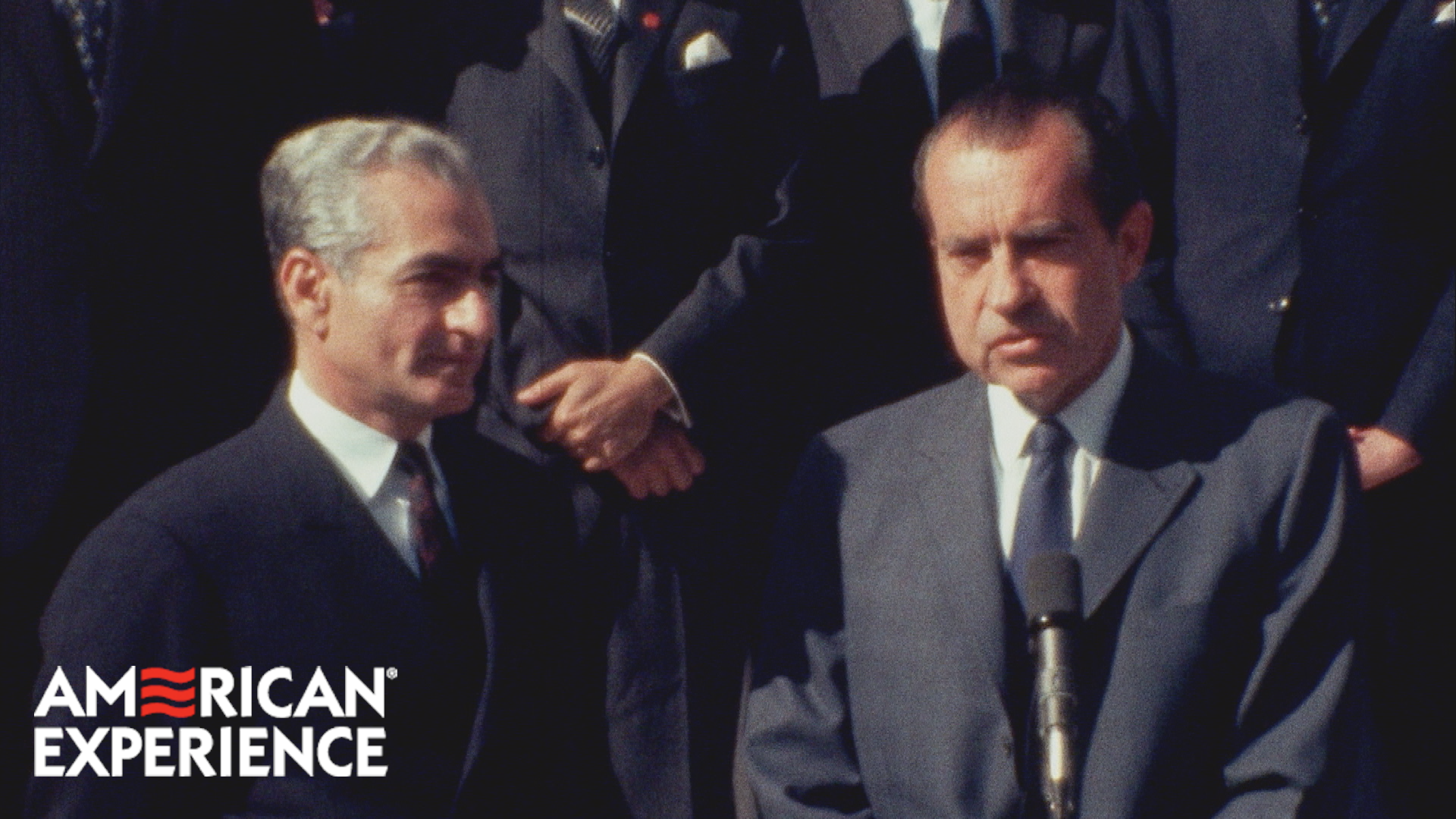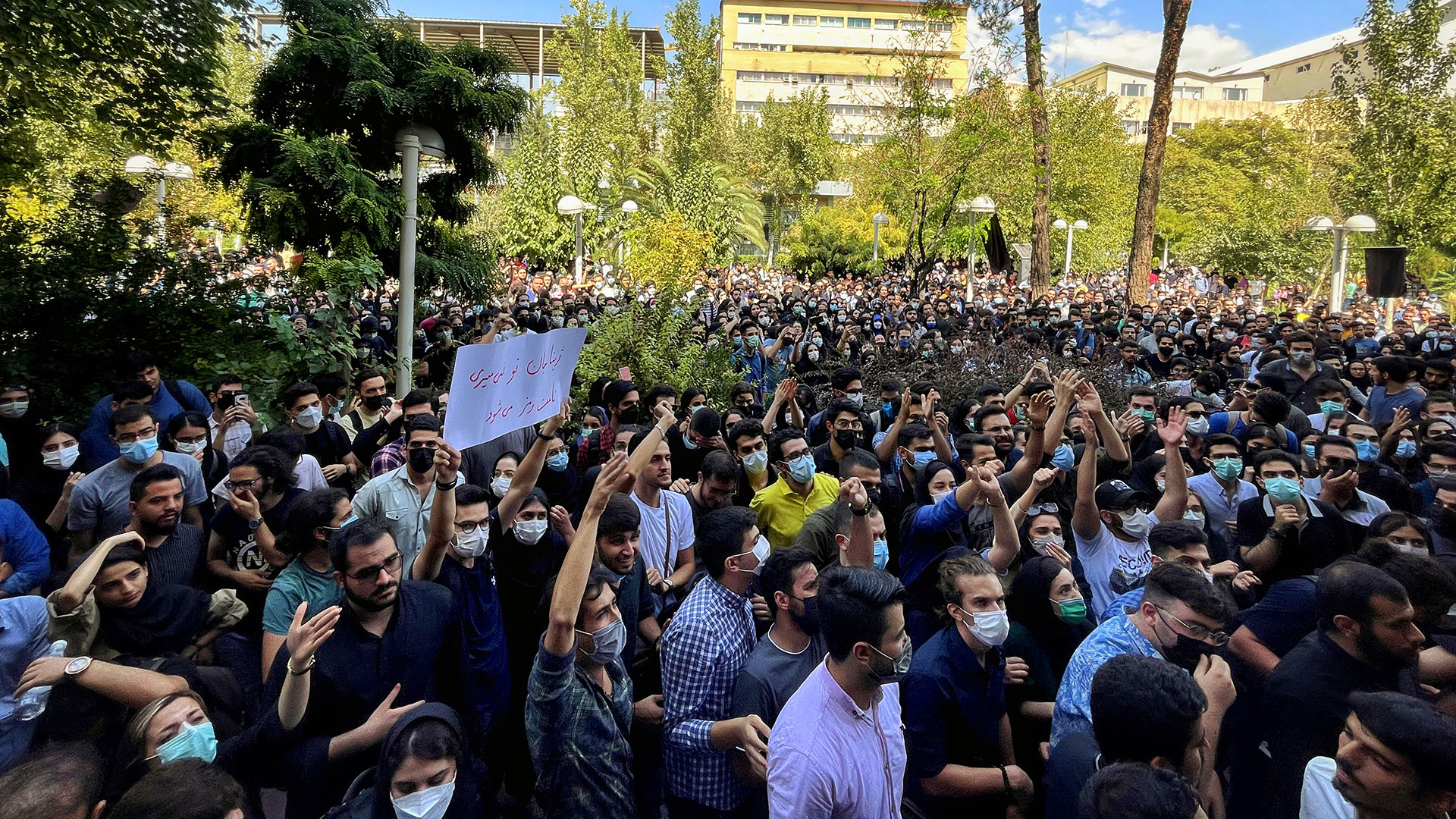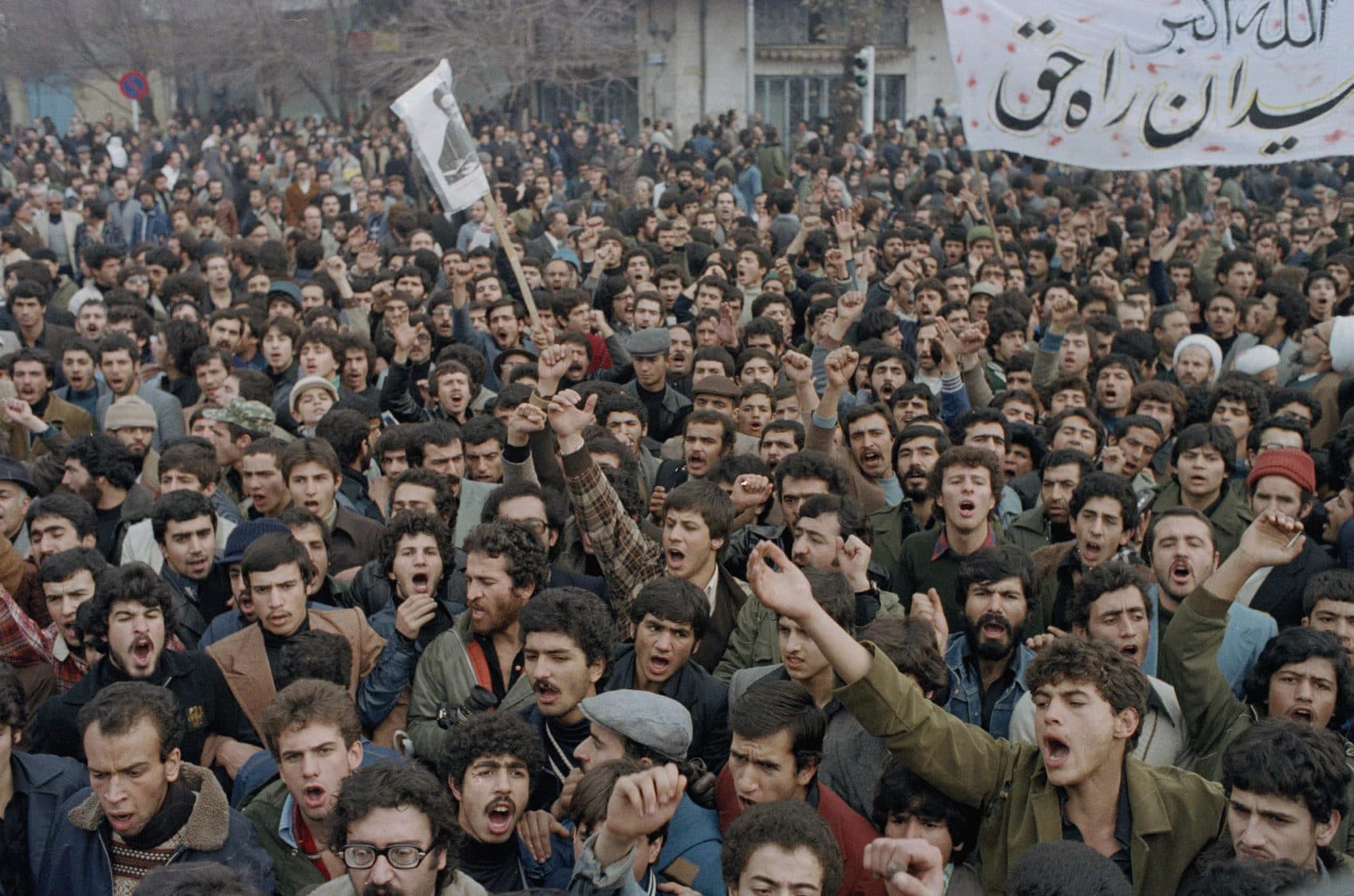Shah Of Iran Repression - A Look Back
Picture a time when a nation, once a close friend to a global superpower, found itself caught in a web of shifting loyalties and deep-seated unrest. This is, you know, the story of Iran under the rule of the Shah, a period marked by attempts at change that often clashed with a firm grip on authority. It’s a tale that really shows how power, when held too tightly, can sometimes lead to widespread unhappiness and, in the end, massive upheaval.
For many years, the United States and Iran were quite close, actually. The US helped Iran get more modern and, in a way, stood by its side against other powerful nations. But then, things took a turn, pretty dramatically. What was once a strong friendship became a very difficult and, you know, rather dangerous rivalry. This change didn't happen overnight; it was the result of a long string of betrayals and disagreements that played out over seven decades, starting with, well, things like CIA actions and hostage situations.
The story of the Shah's rule is a complex one, with threads of progress woven through with threads of, basically, control. People both inside and outside Iran started to see the country as a place where, more or less, everyone just followed along. This feeling, you know, that the Shah's rule was quite harsh, seemed to come from his own deep-seated beliefs about how things ought to be. It’s a picture of a leader who was, in a way, full of contradictions, trying to bring his nation into the future while still holding onto all the traditional symbols of royal power.
- Why Did Raven Leave The Cheetah Girls
- Lilly Mcdowell Husband
- Ways To Seduce Your Husband
- Donkey Smiling
- Cosmopolitan Swimming Pool
Table of Contents
- The Shah - A Life in Power
- How Did Shah of Iran Repression Evolve?
- The Hidden Hand - Shah of Iran Repression and SAVAK
- What Changed with International Eyes on Shah of Iran Repression?
- The Shifting Sands of Shah of Iran Repression
- Why Did Discontent Grow Against Shah of Iran Repression?
- The End of an Era - The Shah's Departure and Shah of Iran Repression
- What Happened After the Shah's Departure Regarding Shah of Iran Repression?
The Shah - A Life in Power
Mohammad Reza Pahlavi, the Shah of Iran, was a figure who truly shaped his nation's path for decades. His time in charge was, well, pretty much defined by a desire to modernize Iran, to bring it into the twentieth century, yet he also held onto the traditional symbols and actions of a king. This blend of old and new created a rather unique situation for the people living there. He took on his formal title in 1967, which, you know, cemented his position as the supreme leader of the country.
His rule was a long one, and it saw many changes, some of which were quite profound for the daily lives of Iranians. But as a matter of fact, even with efforts to move the country forward, there was a growing sense among many that his way of governing was becoming more and more forceful. This perception, you know, that the Shah’s government was really cracking down on people, became a big part of how his reign is remembered.
Personal Details - Mohammad Reza Pahlavi
| Name | Mohammad Reza Pahlavi |
| Role | Shah of Iran |
| Key Title Taken | 1967 |
| Departure Date | January 16, 1979 |
| Outcome of Departure | End of Pahlavi dynasty, establishment of Islamic Republic |
How Did Shah of Iran Repression Evolve?
The Shah’s government, as many saw it, became increasingly heavy-handed over time. This meant that the way people could express themselves, or even just live their lives, was getting tighter. There was a growing feeling that the government was, well, pretty much stifling any kind of disagreement. This sort of political control, you know, wasn't just a quiet background hum; it was something that people really felt in their daily routines.
- Donkey Face Smiling
- Lainey Wilson 4x4xu
- Did Rod Stewart Pass Away
- Martha Stewart Grandkids
- Shaquille Oneal And Girlfriend
The methods used to keep this control in place were, in a way, quite direct. People knew that speaking out could have serious consequences. This quieted a lot of voices, to be honest, but it also, and this is important, built up a deep pool of anger and unhappiness against the ruling system. It’s like a pressure cooker, basically, where the lid is held down very tightly, and the steam just keeps building up underneath.
The reasons for the Shah’s eventual fall from power were many, and they included things like big differences in how wealth was shared, cultural arguments, the government’s firm hand, strong religious feelings, and even influences from other countries. All these elements, you know, combined to create a situation where the general public was just fed up. The story of the Shah of Iran repression is really tied into these wider issues.
The Hidden Hand - Shah of Iran Repression and SAVAK
A major tool in the Shah's approach to keeping things in order was an organization called SAVAK. This was Iran's secret police, and it gained a reputation for its, well, rather forceful methods. People talked about how SAVAK used various ways to keep people from speaking out or acting against the government. This included, for instance, keeping a close watch on people, controlling what could be published or said, putting people in prison, and, you know, even using very harsh treatment against those who disagreed with the government’s policies.
The presence of SAVAK cast a long shadow over daily life for many. Its actions were, basically, designed to make sure that no one could openly challenge the Shah's authority. While this kind of firm action did, for a time, silence those who opposed the government, it also, pretty much, created a deep sense of bitterness among the Iranian people. It’s like, you know, the quiet on the surface hid a lot of simmering resentment underneath, making the Shah of Iran repression a very personal experience for many.
Life under the Shah, as some described it, could be quite strange. It was indeed, as one observer put it, a peculiar situation when the Shah, who had been in charge of a government known for its harshness, managed to find a place to land after leaving his country. This highlights, in a way, the perception of his rule from the outside world, too.
What Changed with International Eyes on Shah of Iran Repression?
By the mid-1970s, something began to shift regarding the way the Shah’s government was operating. The tight control started to loosen up a bit, and this was thanks, in part, to the fact that many groups from other countries and foreign news outlets were paying attention and writing about what was happening. This kind of public scrutiny, you know, really put a spotlight on the situation in Iran and, in a way, made it harder for certain things to continue unnoticed.
Then, in 1976, Jimmy Carter became the president of the United States. He made it a point to talk about human rights, not just in Iran, but also in the Soviet Union. This was a pretty big deal, actually, because when a powerful leader like that speaks up, it tends to get noticed. His focus on human rights put more pressure on the Shah's government to, well, consider its actions and how they were perceived globally. This international focus played a role in softening the impact of shah of iran repression.
The Shifting Sands of Shah of Iran Repression
The impact of this international attention was, to be honest, quite immediate. Almost overnight, the conditions for people held in prisons saw a change. It’s like, you know, a switch was flipped. The Shah himself gave an order to stop the use of certain harsh treatments. This shows that the pressure from outside, and perhaps a growing awareness within his own government, could bring about real, tangible differences in how people were treated. It points to a moment where the grip of shah of iran repression seemed to waver, at least for a little while.
While the initial information about how many people were hurt or killed during this time suggested very high numbers, more recent studies have shown that some of those figures might have been, well, a bit overdone. This paints a picture that is, in a way, more nuanced about that period in Iran's story. It means that while there was definitely a period of tight control and harsh actions, the full story might be a little more involved than what was first believed. This doesn't take away from the reality of the shah of iran repression, but it does add layers to our understanding.
Why Did Discontent Grow Against Shah of Iran Repression?
The Shah’s government was increasingly seen by many as being very forceful, and this perception grew over time. People felt that their voices were not being heard and that the government was too controlling. This kind of feeling, you know, of being suppressed, became a major source of unhappiness among the general population. It wasn’t just about political disagreements; it was about how people lived their daily lives and whether they felt they had any say in their own future.
The blend of his efforts to modernize the country with his insistence on keeping all the traditional symbols of royal authority created, in a way, a strange mix. While he wanted Iran to move forward, his methods of rule often felt like they belonged to an earlier time. This combination, you know, contributed to a sense of frustration. The public found themselves living under a system that was, basically, trying to pull them in two different directions at once.
The main reasons that led to the Shah’s government being overthrown included differences in economic well-being, tensions between different cultural groups, the government’s firm hand, strong religious feelings, and, as I was saying, influences from outside the country. These factors all combined to fuel a widespread anger. The shah of iran repression was a key part of this growing discontent, making people feel that a change was absolutely necessary.
The End of an Era - The Shah's Departure and Shah of Iran Repression
On January 16, 1979, Mohammad Reza Pahlavi, the Shah of Iran, left his country and went into exile. This event was a truly important moment in the story of the Iranian revolution. It marked, basically, the complete end of the Pahlavi family’s rule, which had lasted for over two thousand years in Iran. His departure cleared the way for a new kind of government to be set up, one that would be known as the Islamic Republic. This moment signaled a huge shift away from the previous system of shah of iran repression.
The overthrow of the Shah’s royal government in 1979, brought about by a widespread popular uprising, was the culmination of many decades of unhappiness and people standing up against what they saw as a very controlling government. The Shah’s rule, which was marked by its tight control, stopping of free speech, and harsh methods against those who disagreed, had been a source of anger for the Iranian people for a very long time. It was, you know, a long time coming, this massive change.
What Happened After the Shah's Departure Regarding Shah of Iran Repression?
After the 1979 Islamic revolution, which brought Ayatollah Ruhollah Khomeini to power and set up an Islamic government that mixed religious ideas with a strong, centralized control, the way political dissent was handled continued. This meant that even after the Shah was gone, the new government, in a way, kept up a firm hand on its people. It's like, you know, the tools of control didn't just disappear with the old regime.
Interestingly, instead of getting rid of the secret police organization, SAVAK, which was, as we discussed, well known for its harshness, the new religious government pretty much took over its main parts. This suggests that the desire to control political opponents and maintain order, even through forceful means, continued to be a feature of the government, just under a different name and with different guiding principles. The story of shah of iran repression, in a way, continued to unfold.
This article has explored the nature of the Shah of Iran's rule, touching on how his government's firm control evolved, the role of SAVAK in maintaining order, and how international attention brought about some changes in how people were treated. We also looked at the growing unhappiness among the Iranian people, leading to the Shah's departure and the end of his family's long reign. Finally, we considered how political control continued in Iran even after the revolution.
- Mia Isabella Robertson
- Lexi Jones Mother
- What Qualifies You For A Free Nose Job
- Pam Van Zant
- Why Does Mike Tyson Like Pigeons

U.S. Support for the Shah of Iran: Pros and Cons | Taken Hostage | PBS

A Fork In The Road For Khamenei | zenith.me

Carter, Rockefeller And The Shah Of Iran: What 1979 Can Teach Us About